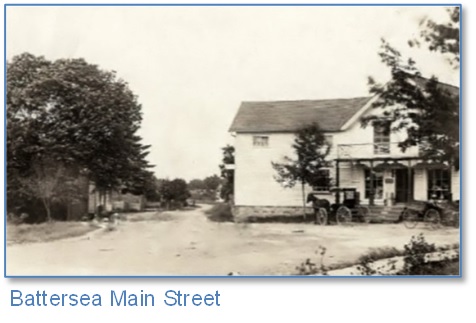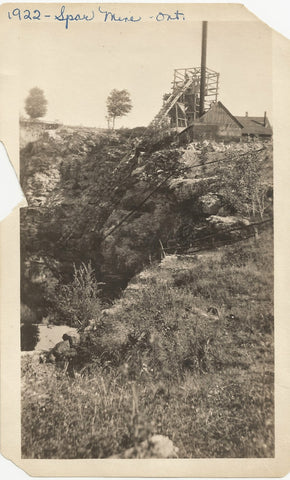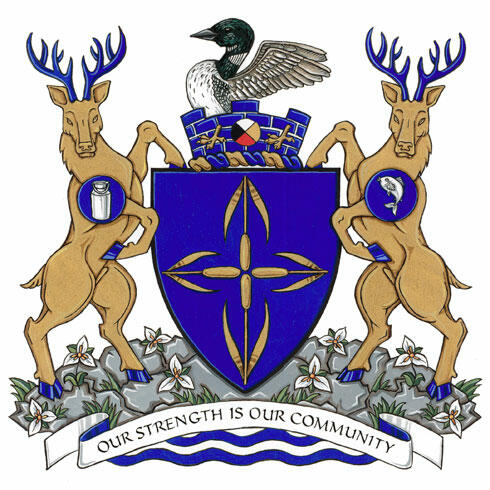South Frontenac has a rich history of being a welcoming, thriving community, from Indigenous times to the days of early European settlers, to today’s patchwork of quaint villages and bustling communities set amidst rolling farmland and forests.
The South Frontenac Museum, located in Hartington has many exhibits on the history of South Frontenac and is open on Monday, Wednesday and Saturday during the summer months from 1-4 pm to visitors.
Indigenous homeland
South Frontenac is located on the ancestral lands of the Algonquin, Anishinaabe, and the Haudenosaunee peoples. For millenia, Indigenous peoples hunted and gathered on these lands, navigating the lakes, rivers and streams as a means of travel.
Early settlement
European settlers were attracted to South Frontenac with the vision of building a new life in Canada’s frontier, just north of the nation’s first capital, Kingston. Between 1810 and 1830, land was sold at bargain prices to immigrants by the government of Upper Canada, many who came from the United Kingdom. In addition to farming, mining and lumber, local businesses, such as cheese factories began to emerge.
Rideau Canal
The construction of the Rideau Canal from 1826-1832 created a critical transportation route for the east end of the Township and played a pivotal role in the early development of the region, encouraging shipping, trade and settlement.
Mining
Mining in South Frontenac dates back to the mid-1800s when mica, iron ore and feldspar were in high demand. Iron ore was mined near the village of Godfrey, with 12,000 tons of iron ore produced between 1873 and 1880. Feldspar was mined in the area near Desert Lake and Thirteen Island Lake between 1901 and 1951.
Eastern Ontario was one of the leading producers of mica in the world between 1870 and 1910. Mica is a shiny silver mineral valued for its ability to capture and retain heat for uses like thermal glass for lanterns and appliances. Today you can still see mica mines in Frontenac Provincial Park and on the Mine Trail Loop in Gould Lake Conservation Area.
Farming
In the 1840’s, there was a move away from pioneer subsistence farming practices to mixed farming. The number of farm animals and acres cleared land dramatically increased during this period.
K&P Railway
In 1871, the Kingston and Pembroke Railway was incorporated to build a railway to support the lumber and mining industries with stations built in Murvale, Harrowsmith, Hartington, and Verona. The line was abandoned in the 1950s and the K&P Rail Trail is now a bustling, active multi-use trail.
Amalgamation
In 1998, the Townships of Loughborough, Storrington, Portland and Bedford amalgamated to form South Frontenac Township.
South Frontenac today
Today, more than 20,000 people call South Frontenac home. Our residents and visitors enjoy a relaxed, rural lifestyle with endless opportunities to explore the natural beauty of our area. Many artisans, local agri-producers and small businesses have chosen South Frontenac for their business so they can work where they play.
Historical societies and resources




